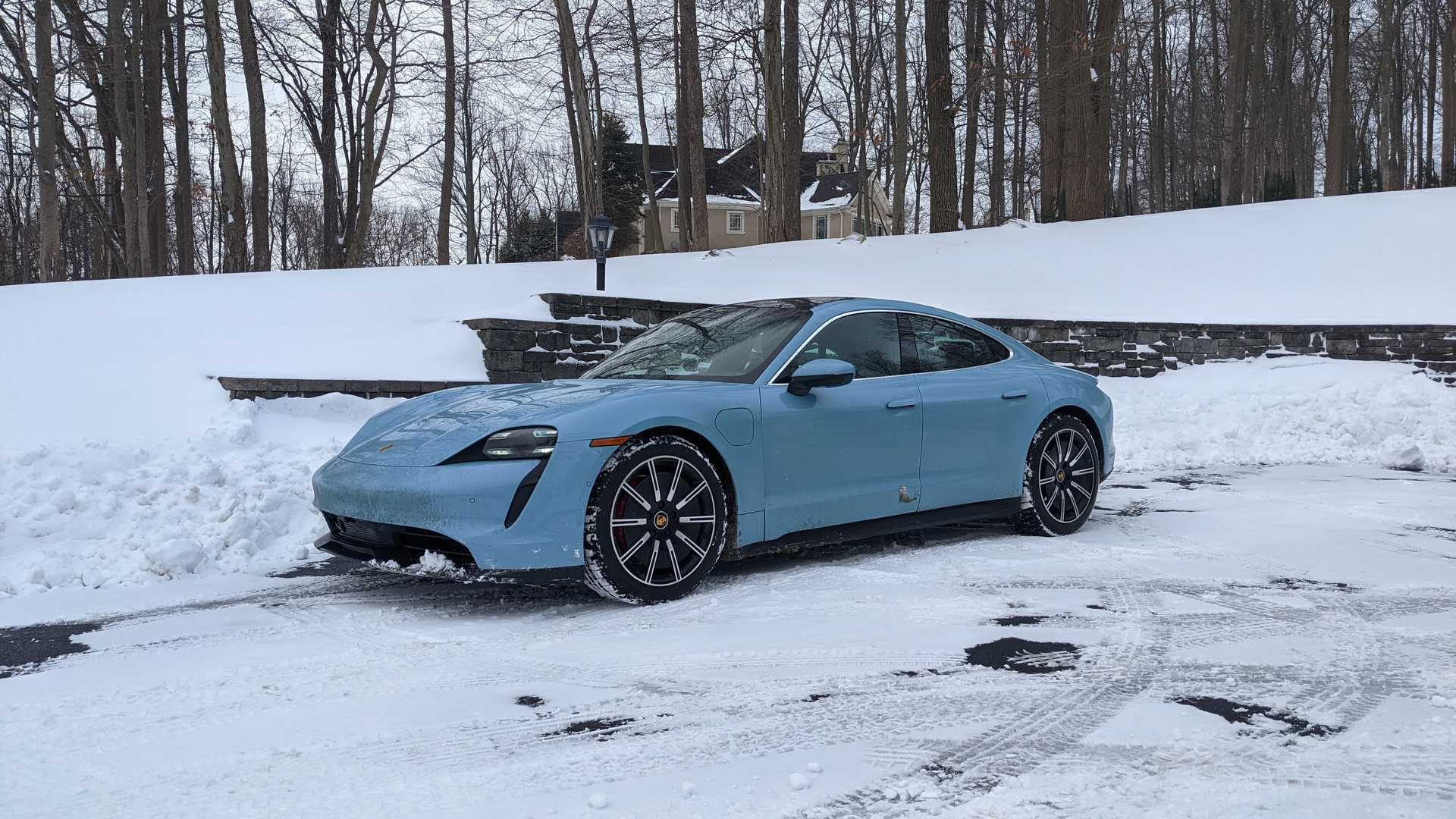- Joined
- Nov 12, 2021
- Messages
- 250
Sunday night I charged to 100% = 469 MIles displayed on my AGT with 21" wheels.
Weather has been roughly 15-40 degrees over the past several days. My normal daily drive is only around 35 miles total. I ran the defrost approximately 15 minutes a day to clear the frost and kept cabin at 72 when travelling
Thursday evening my vehicle showed 62 miles left. Miles since my full charge displayed 180.1 miles so essentially I drove 180 miles and lost 407 miles.
Is everyone else in the cold weather seeing similar results? With my Tesla Model S my 35 mile trip would cost me roughly 72 miles when it was below freezing and I was hoping the Lucid would perform better.
Weather has been roughly 15-40 degrees over the past several days. My normal daily drive is only around 35 miles total. I ran the defrost approximately 15 minutes a day to clear the frost and kept cabin at 72 when travelling
Thursday evening my vehicle showed 62 miles left. Miles since my full charge displayed 180.1 miles so essentially I drove 180 miles and lost 407 miles.
Is everyone else in the cold weather seeing similar results? With my Tesla Model S my 35 mile trip would cost me roughly 72 miles when it was below freezing and I was hoping the Lucid would perform better.


